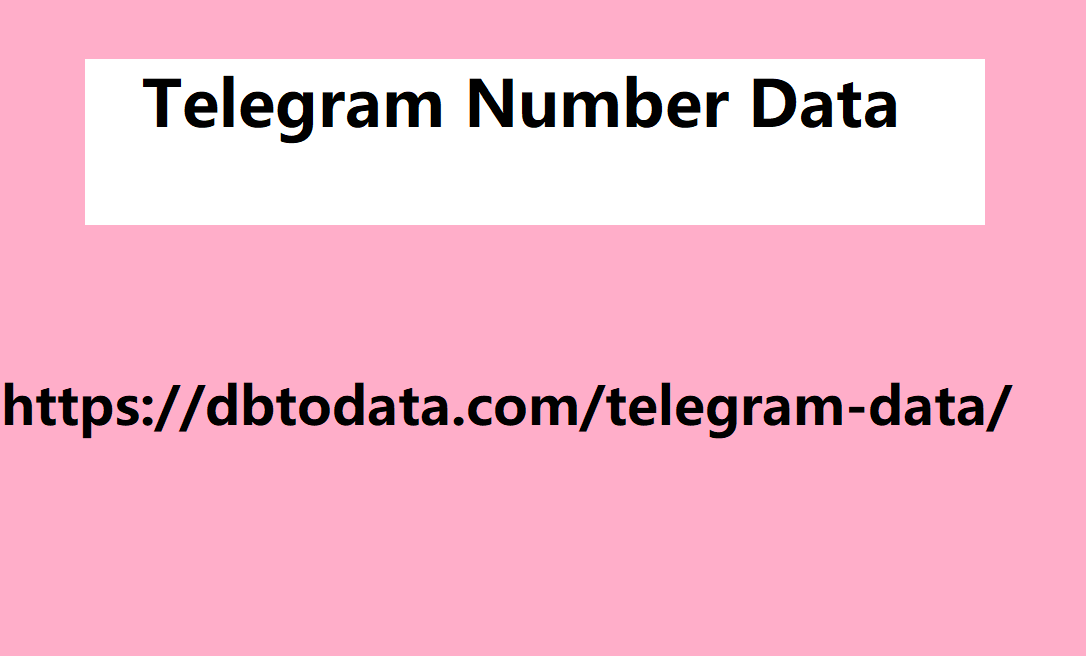I asked Bard to examine the bounce rates of client sites in relation to the September 2023 Helpful Content Update . Bard claimed to have access to Google Analytics, but provided inaccurate metrics. In other tests, Bard claims to have access to paid tools such as Semrush and Sitebulb. SEOs must use judgment and rely on their own expertise to cross-check Bard’s insights with other data sources to ensure the validity of recommendations. How to use Bard to better understand, interpret, and take action on Google algorithm changes Generate a timeline of how recent algorithm updates have affected your site With a simple prompt, Bard can provide you with a timeline of recent algorithm updates. This is information already available, but by reinforcing the prompts, Bard’s analytical powers begin to shine. Prompt : “Please provide a complete list of algorithm updates in 2023. What impact did each algorithm update have on the rankings of sites like [insert domain name] and why? Please explain how each update affects all search results.” Important : Bard’s hallucination problem is on full display here. There were no Helpful Content updates in January, February, or March. However, there were.
Google algorithm updates in February product review
Update and March ( core update ). The expanded prompt requires Bard to analyze how these algorithm updates will affect your site. By keeping it at such a high level, you cansee industry-level trends that can impact your rankings. Bard’s output can be used to generate hypotheses about the impact of algorithm updates. These hypotheses can be tested using live data from Google Analytics and ranking data from Google Search Console Indonesia Telegram Number Data and Semrush. “Why” is important in understanding the reasoning behind Bard’s conclusions. Asking this will prompt you to dig deeper into the mechanics of each update’s impact. This will help you arrive at actionable recommendations. Learn more: Digging deeper into algorithm updates: A practical example Generate a timeline of algorithm updates and assess their overall impact, then dig deeper into your data with follow-up prompts and live data from Semrush, Google Analytics, Google Search Console, or other SEO tools.
You can drill down and understand traffic and ranking
Fluctuations (positive or negative). Selecting supplemental data sources The first step following algorithmic exploration in Bard is to decide which supplementary data sources to use to enrich your analysis. In this practical example, we leverage the power of Semrush, a multi-functional SEO tool that provides important ranking data and traffic modeling insights, to explore the impact an algorithm update had on Merrell.com. Semrush excels at aligning search algorithm activity with trends in a website’s ranking keywords. The Semrush Germany Telegram Number sensor monitors search engine volatility and maps those changes onto trend lines along with overall ranking keywords. Dates of high search Engine activity that indicate algorithm changes are displayed with a red comment icon. By combining this data with the insights we gathered in the previous section, we can gain valuable perspective on how these updates have affected Merrell.com’s search engine rankings. You can then use follow-up prompts to identify the next action to take. Analyze data and create follow-up prompts An examination of Merrell.


